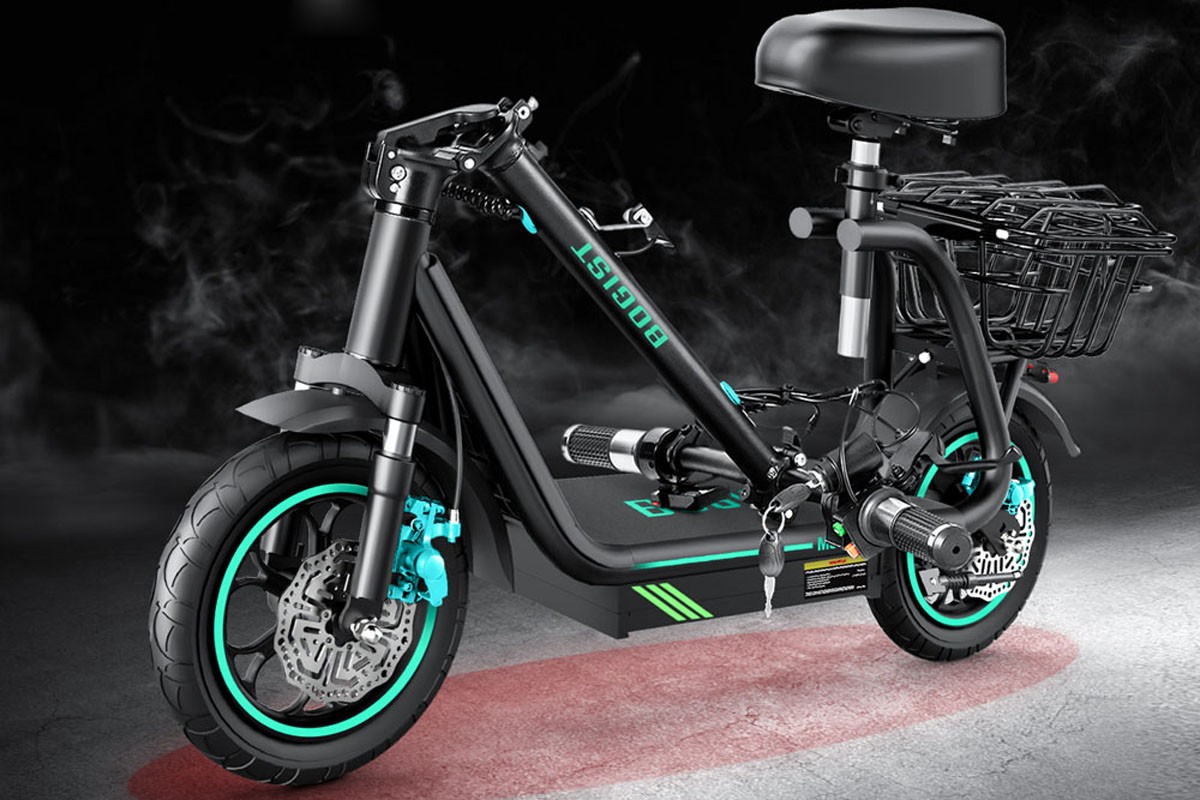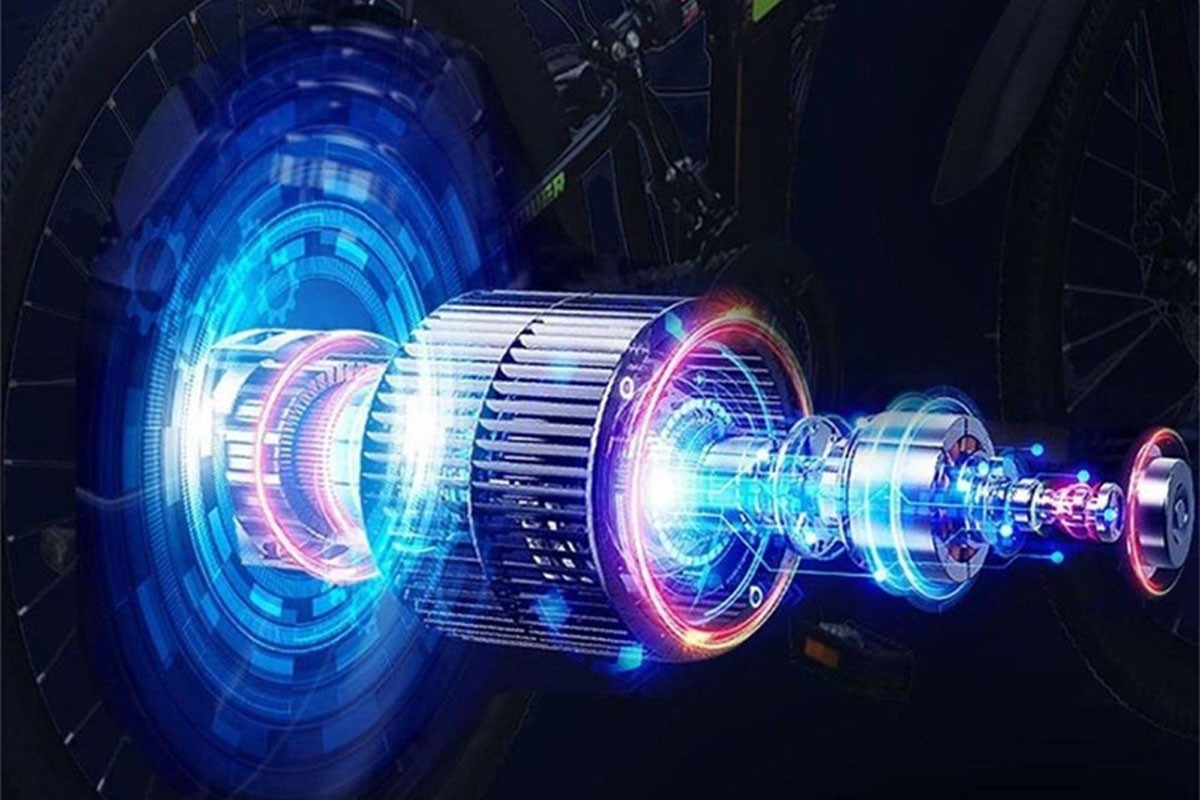How e-bikes operate properly in winter?
Winter is approaching, and electric bicycle travel will face a new challenge. In order to operate in low temperatures, it is important to understand how to correctly use electric vehicles during the colder months.
 |
To maintain your e-bike and ensure long-distance rides.
1. Prior to daily travel, diligently check the vehicle's status to ensure sufficient battery power and no abnormalities before embarking on your trip.
2. During daily driving, it is advisable to maintain a constant speed, reduce emergency braking or utilize a screw at the end of acceleration, as frequent high-current discharge can negatively impact the battery's lifespan.
3. Ensure that the tire pressure is adequate. Winter tire pressure can be set moderately high to reduce friction and achieve power savings. However, if it is already raining or snowing, it is recommended to reduce tire pressure to increase friction and prevent unsafe driving conditions on slippery roads.
4. It is important to avoid overloading your vehicle during winter, as it can lead to rapid power consumption and shorter driving range. During winter, the range time of lithium batteries tends to decrease in comparison to summer, which is a normal occurrence. Additionally, the driving range may also be affected. It is important to note that this phenomenon is normal.
Maintain good charging habits for long battery life.
1. Ensure that the electric car is equipped with a matching charger. Additionally, avoid using irregular fast charging stations as they may shorten the battery's lifespan. During the winter months, electric car owners may choose alternative modes of transportation
2. Due to the harsh weather conditions. However, it's crucial to ensure that the electric car's battery is regularly charged and that it is not kept in a state of power loss for extended periods. Failure to do so can significantly impact the car's longevity.
3. Pay attention to the charging time for electric cars, which typically takes 8–12 hours to fully charge. Once the electric car charger's red light turns into a green light, it has entered the float charging stage. It is recommended to continue charging for a period of time for the battery to reach its optimal state.
4. Avoid charging electric cars in extremely low or high temperatures, and use proper thermal insulation measures when charging during winter.







